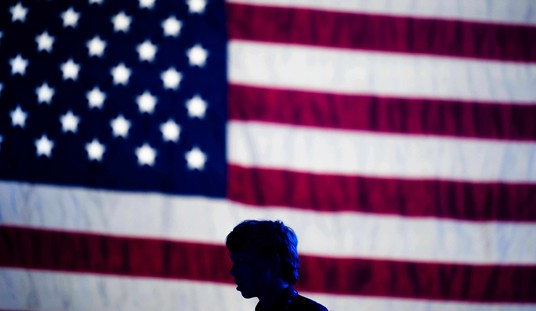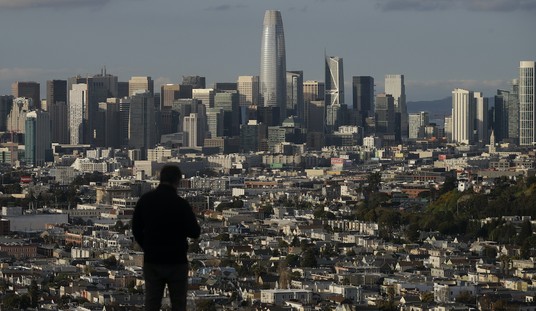Economic growth in the third quarter ended up at 4.1%, due in large part to inventory expansion, which provided about 1.7 points to that figure. At the time, I wrote that business may have been betting big on Q4 growth and stocking up for a real boost. Today’s durable-goods report from December shows that either the bet didn’t pay off or businesses have lost confidence in it:
New orders for manufactured durable goods in December decreased $10.3 billion or 4.3 percent to $229.3 billion, the U.S. Census Bureau announced today. This decrease, down two of the last three months, followed a 2.6 percent November increase. Excluding transportation, new orders decreased 1.6 percent. Excluding defense, new orders decreased 3.7 percent. Transportation equipment, also down two of the last three months, led the decrease, $7.7 billion or 9.5 percent to $73.1 billion. This was led by nondefense aircraft and parts, which decreased $3.8 billion.
In other words, this is an across-the-board decline. Inventories also expanded significantly, which will put downward pressure on future orders and manufacturing, and in fact hit a new high:
Inventories of manufactured durable goods in December, up eight of the last nine months, increased $3.0 billion or 0.8 percent to $387.8 billion. This was at the highest level since the series was first published on a NAICS basis, and followed a 0.3 percent November increase. Transportation equipment, up nineteen of the last twenty months, led the increase, $1.3 billion or 1.1 percent to $122.1 billion.
Capital goods, which provides an indicator of business investment and confidence, also fell across the board:
Nondefense new orders for capital goods in December decreased $4.3 billion or 5.0 percent to $82.5 billion. Shipments increased $0.6 billion or 0.8 percent to $75.4 billion. Unfilled orders increased $7.1 billion or 1.1 percent to $642.7 billion. Inventories increased $1.2 billion or 0.7 percent to $176.7 billion. Defense new orders for capital goods in December decreased $1.9 billion or 21.5 percent to $6.8 billion. Shipments decreased $1.3 billion or 11.5 percent to $9.6 billion. Unfilled orders decreased $2.8 billion or 1.7 percent to $161.9 billion. Inventories increased $0.5 billion or 2.1 percent to $22.9 billion.
Give credit to the Associated Press for not using the word “unexpected,” though Martin Crutsinger notes that it was “a surprise to economists“:
Businesses cut back sharply on their orders for long-lasting manufactured goods in December with a key category that signals business investment plans falling by the biggest amount in five months. …
There was widespread weakness in a number of categories including a 1.3 percent decline in demand for non-defense capital goods excluding aircraft. This category is viewed as a proxy for business investment plans.
Some of the December weakness probably reflected a temporary dip following November’s big jump which had been driven by businesses rushing to take advantage of expiring tax breaks.
The December decline came as a surprise to economists. The consensus view among economists was that orders would post a moderate rise reflecting what they believe is an improving outlook for U.S. manufacturers.
Reuters, however, used the U-word in both its headline and its lead:
Orders for long-lasting U.S. manufactured goods unexpectedly fell in December as did a gauge of planned business spending on capital goods, which could cast a shadow on an otherwise bright economic outlook. …
The report puts a wrinkle on the economy’s outlook, which had been bolstered by upbeat data on consumer spending and industrial production.
“We had been on a run of pretty uniform upside surprises, and the data lately have been a bit more mixed, so some of that very strong momentum that we saw at the end of the year is cooling off a little bit,” said Julia Coronado, chief North America economist at BNP Paribas in New York.
The report came as officials from the Federal Reserve were due to start a two-day policy meeting.
The big question will be whether the Fed delays its taper moves, or acts to continue its stimulus. Yesterday, Crutsinger reported that the Fed was likely to cut back its quantitative easing path by another $10 billion a month. Will this change minds at the Fed tomorrow?
Update: Fixed the subhead from “farthest” (a measure of actual physical distance) to “furthest.” Thanks to Herm2416 in the comments for the correction.








Join the conversation as a VIP Member